Quebec City Fortifications - Quebec City, Quebec In Canada: Overview,Prominent Features,History,Interesting facts
Overview:
is the nationally recognized city walls that encircle the ancient city of Quebec City. Constructed in the late 17th century, the fortifications were declared a World Heritage Site by UNESCO in 1985 and are the only still-existing North American walled city. The walls and fortified gates were originally built to protect the New France colonial settlement from outside threats. The walls are made of stone, earth, and wooden palisades and are up to 4.6 meters thick in some places. Visitors can take a self-guided tour of the fortifications, visit an observation post, or climb the walls if they dare. You can learn history, culture, and heritage through these magnificent monuments in Canada
Prominent Features:
, the Fortifications of Quebec City are a series of defensive fortifications that surrounded the city of Quebec from the 17th century until after the end of World War II. The fortifications were built in several phases and included walls, bastions, gates, demi-lunes, and other defensive measures such as artillery batteries, redoubts, and a citadel. The most prominent and best-preserved parts of the fortifications are the walls, which were built in the 17th and 18th centuries and are much of the reason for the city's UNESCO World Heritage Site designation. The fortifications, which are now mostly open to the public, were declared by UNESCO to be "an extraordinary example of military architecture of the 17th and 18th centuries." History The initial fortifications were built by Governor Louis de Buade de Frontenac during the early years of New France in the late 17th century and were integral to the city's defence and to the success of New France's military actions against the Iroquois and other Indigenous enemies. These fortifications were among the first in North America to make use of bastions, which could be used for artillery fire and protected the more vulnerable walls. During the Seven Years' War and American Revolutionary War, the walls were further strengthened and improved to keep up with changing technologies in warfare. In the 19th century, major refortification projects were undertaken to upgrade the fortifications to the standard of the day and to better protect the city from a potential United States invasion. The walls and fortifications were in active use until World War II, when they were largely replaced by more modern defences. This national monument of Canada portrays the history and culture of the country.
History:
The history of the Quebec City fortifications in Quebec, Canada dates back to 1620 when Samuel de Champlain founded the city by constructing a wooden stockade. This was fortified in 1690 by the construction of a 40-foot wide and 15-foot high stone wall, which encircled the city. The walls were protected by a deep moat that connected to the St. Lawrence River. In 1759, French forces under General Montcalm built a battery of cannons atop the walls in anticipation of a British attack. Trenches and abatis were constructed outside of the wall in order to protect the city against a siege. The British forces lead by General Wolfe arrived in June of 1759 and the famous Battle of the Plains of Abraham was waged in September. Despite Montcalm's defenses, the city was taken and the fortifications were destroyed. In 1820, the British began the process of rebuilding the fortifications. This new wall was 8-feet thick and continued to be used as a defense against attack by either land or sea for decades. By the mid-19th century, the city's defensive plans had shifted away from military fortifications to a more elaborate and extensive system of sewers and water mains. In the early 1910s, the City Council decided to invest a large amount of money in an effort to create a modern defense of Quebec City. This effort was put on the backburner due to the First World War and was eventually abandoned during the 1920s. However, the remainder of the 19th century saw numerous improvements made to the fortifications, including the addition of additional defensive structures such as moats, redans, traverses and reinforced bunkers. Throughout the 20th century, the fortifications saw a number of modernizations and additions, particularly in the years leading up to the Second World War. The most significant of these improvements included the installation of anti-aircraft guns, additional bunkers, and artillery mounts. In 1944, the last Canadian Governor General relinquished possession of the fort, and the military presence in Quebec City dwindled steadily from then on as a result of changing defence plans. Today, the fortifications of Quebec City are a popular tourist attraction, with public access provided to its inner defensive walls and ramparts. Although the fortifications no longer serve as a defense of the city, they stand as a testament to Quebec's grand and turbulent past. You must visit one of these historical places in Canada on your Canada tour
Interesting facts:
1. Quebec City’s fortifications are the only remaining walled city north of Mexico. 2. The walls of Quebec City were declared a UNESCO World Heritage Site in 1985. 3. The walls of Quebec City date back to the 1600s, with the first fortifications constructed by Governor Louis-Hector de Callières in 1693. 4. The walls of Quebec City stretch for 4.6 kilometers (2.8 miles) around the fortified city. 5. The walls of Quebec City are made up of three defensive systems: the ramparts, the French citadel, and the British citadel. 6. The walls of Quebec City are made up of over three hundred cannons, each with its own story. 7. The walls of Quebec City contain many bastions and gateways that can be explored, including the famous Porte St.-Louis. 8. The walls of Quebec City even have their own security force that patrols them day and night. 9. During the winter months, the walls of Quebec City are lit up with more than 33,000 coloured LED lights. 10. During summer months, visitors can explore the walls of Quebec City by guided tours. Visit one of the famous monuments of Canada with your friends and family.
Explore Canada most popular tourist destination with us. Quebec City Fortifications - Quebec City, Quebec In Canada: Overview,Prominent Features,History,Interesting facts,which is 35.14 km away from Canada main town, is the most popular destination to add in your travel wishlist.
-
City:
Canada
-
state:
The current City of Quebec City fortifications, constructed in the 17th and 18th centuries, are known as the "Walled City of Quebec". They include the Citadel of Quebec (commonly referred to as La Citadelle de Québec), the city walls and bastions, the gates, and the ditch system. The walls incorporated some of the existing French fortifications of Quebec City, as well as parts of the English fortifications (which replaced the original ones) built in 1759, after the British conquest. The walls are inscribed as a UNESCO World Heritage Site.
-
country:
Canada
-
country code:
CA
-
postcode:
.1
Location:
The current City of Quebec City fortifications, constructed in the 17th and 18th centuries, are known as the "Walled City of Quebec". They include the Citadel of Quebec (commonly referred to as La Citadelle de Québec), the city walls and bastions, the gates, and the ditch system. The walls incorporated some of the existing French fortifications of Quebec City, as well as parts of the English fortifications (which replaced the original ones) built in 1759, after the British conquest. The walls are inscribed as a UNESCO World Heritage Site. Canada
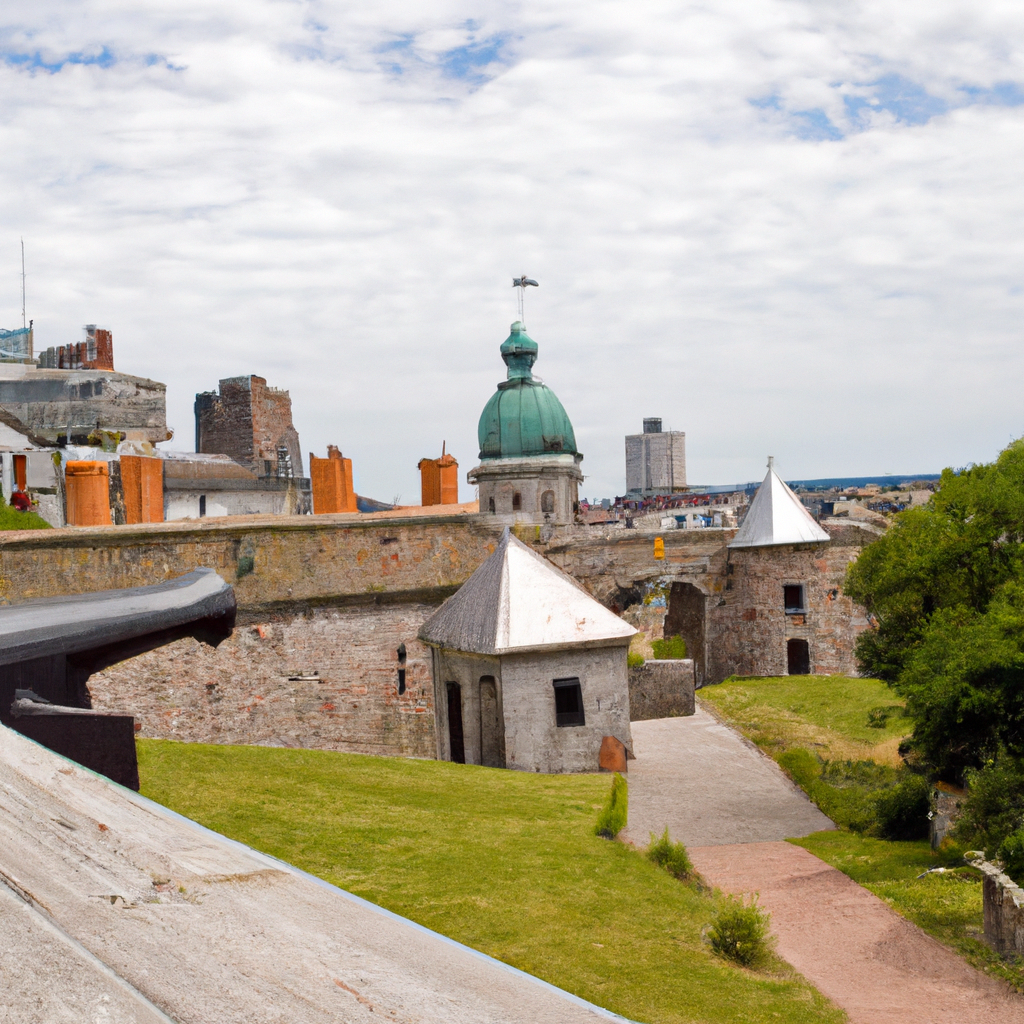

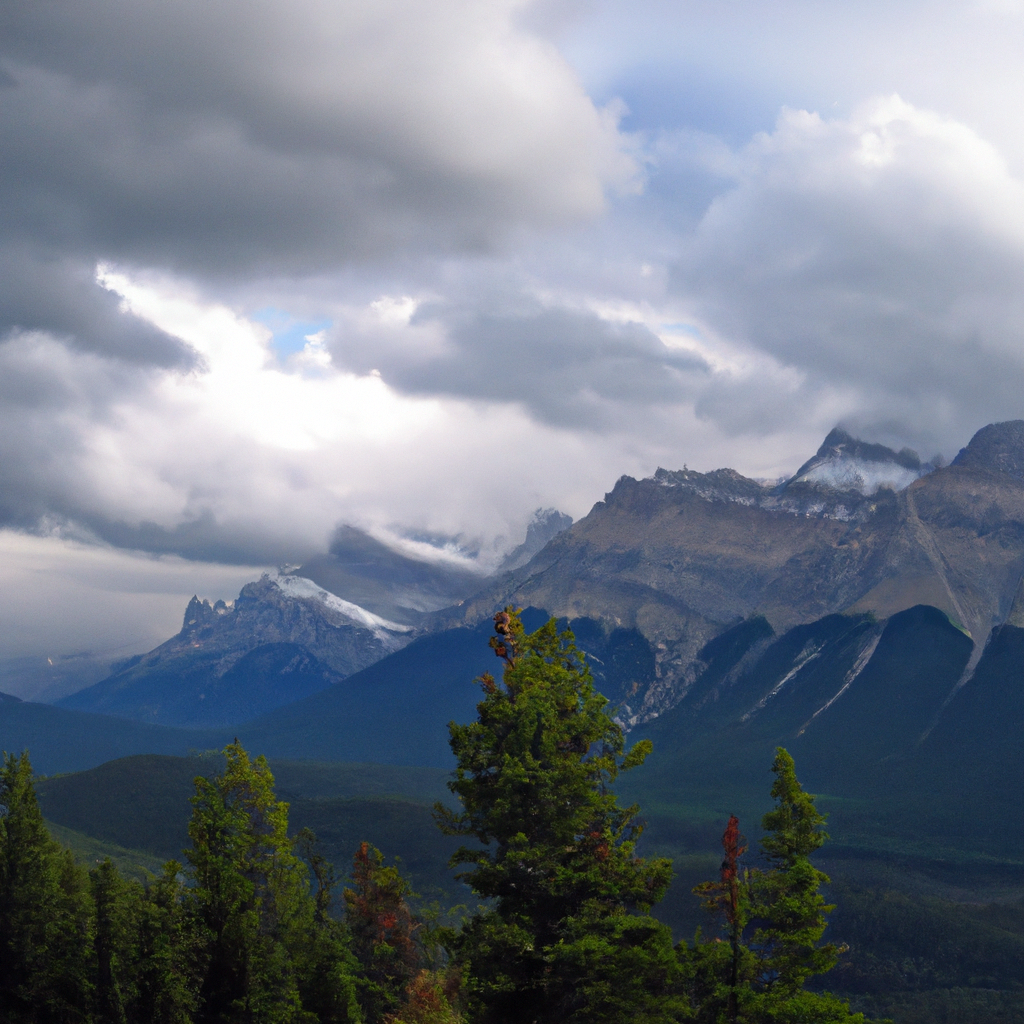
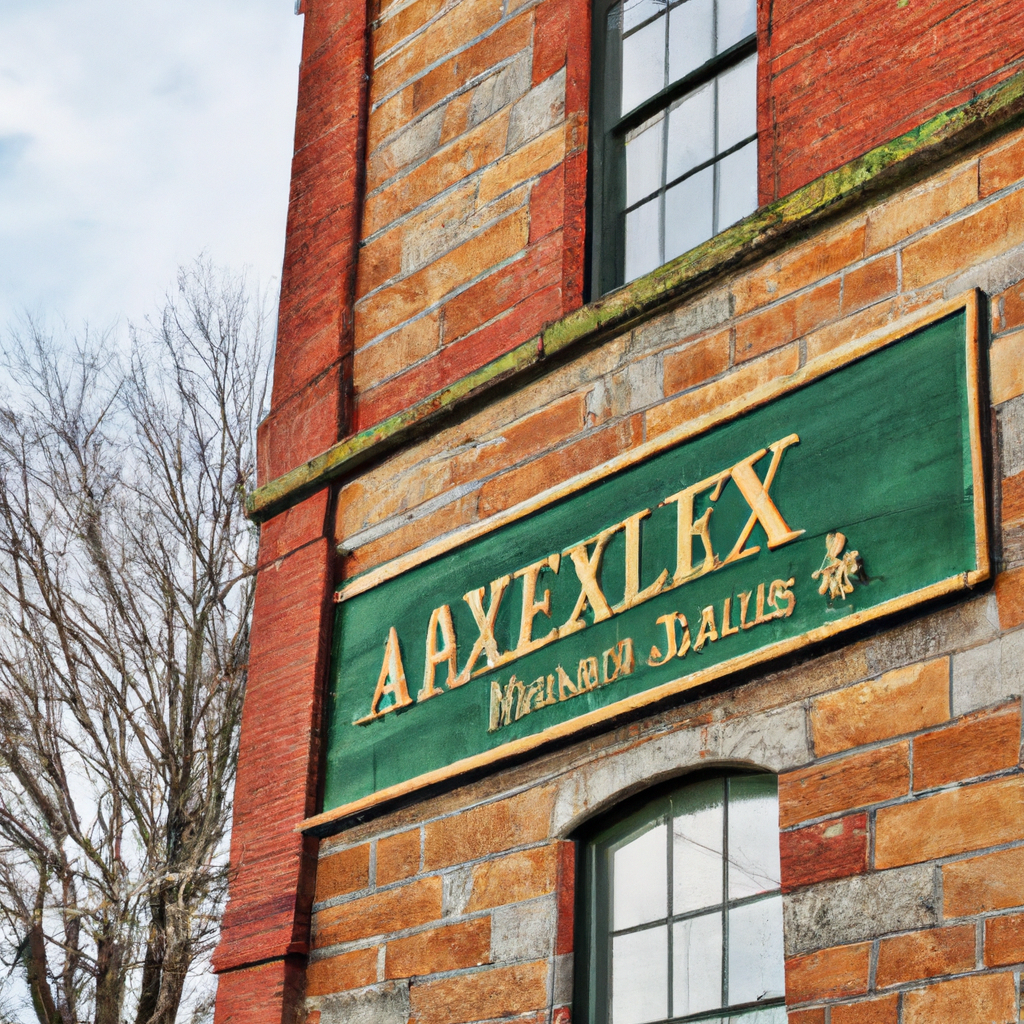
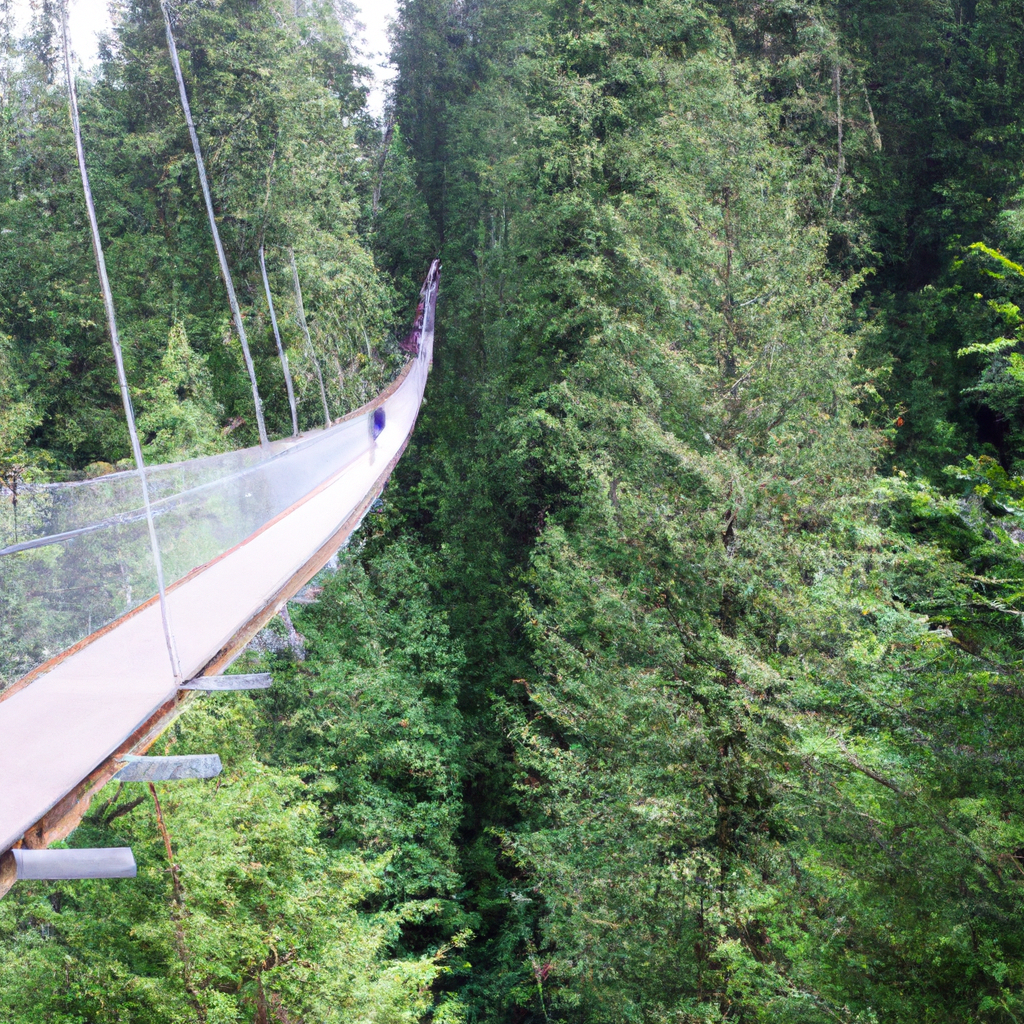
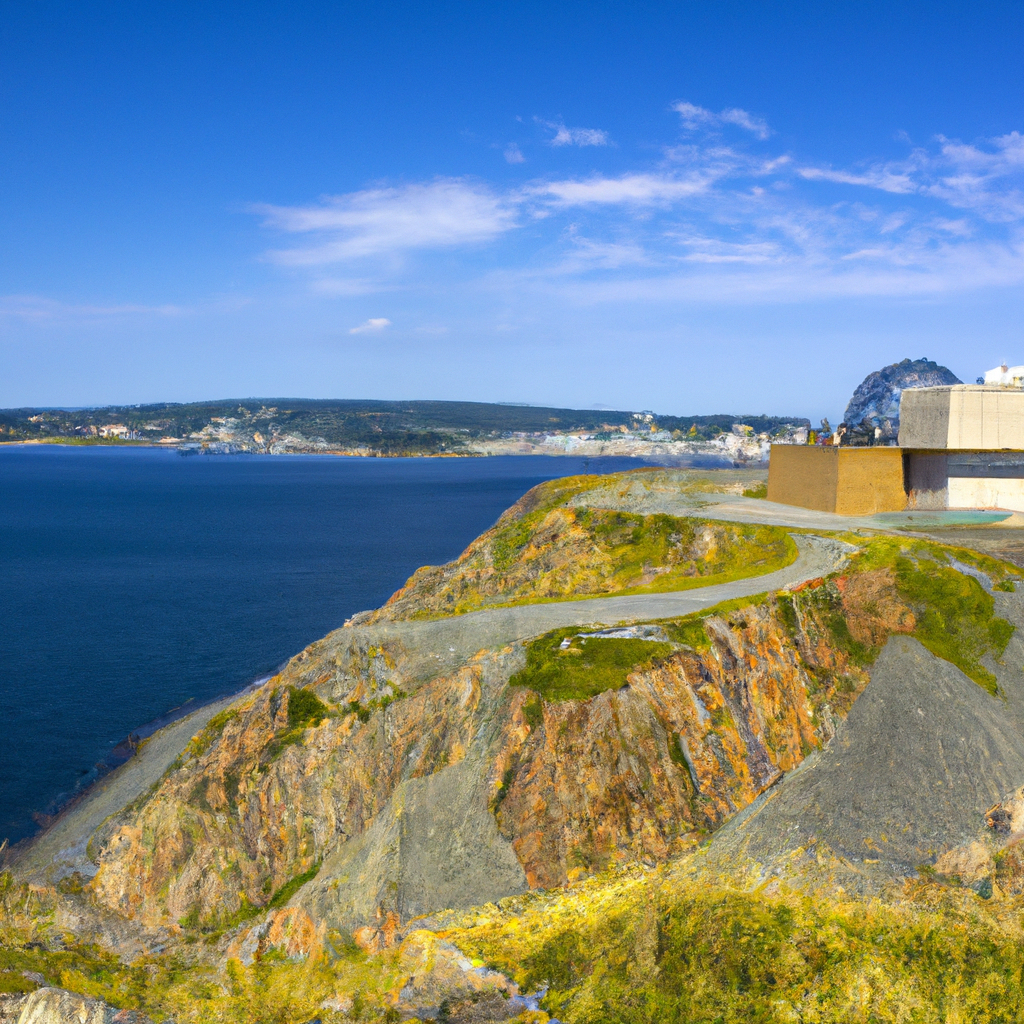
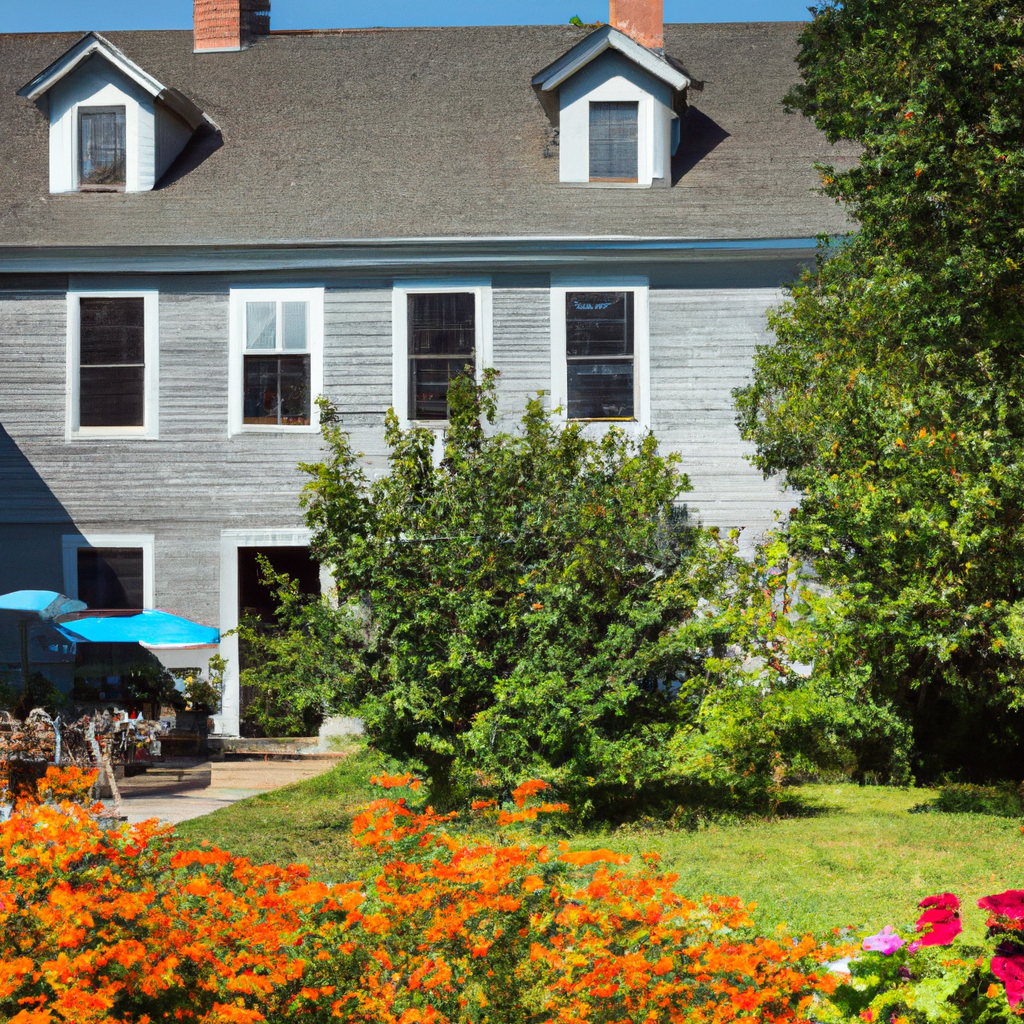



.jpg)





